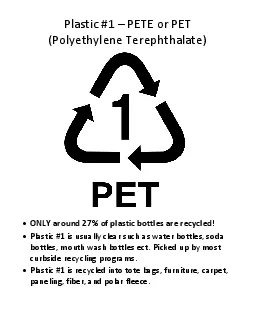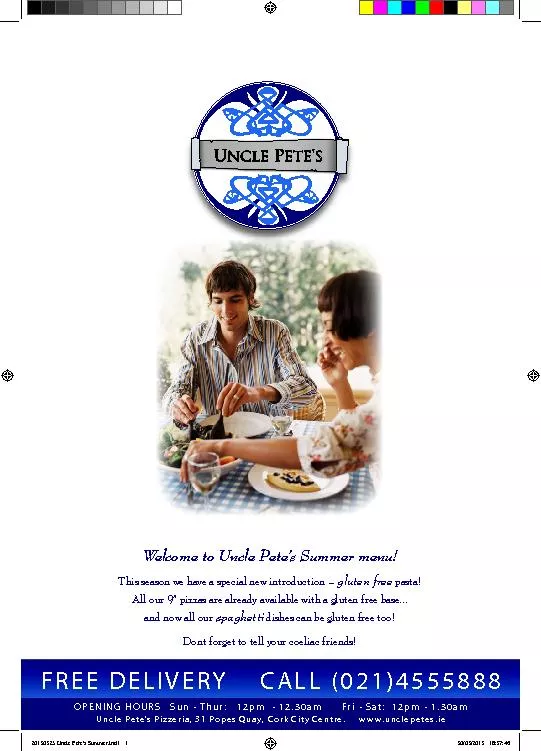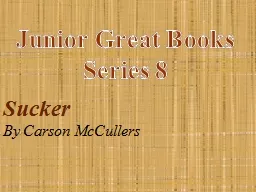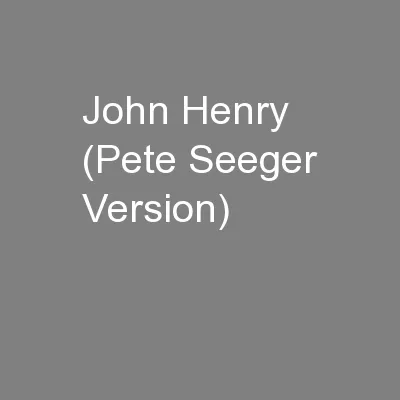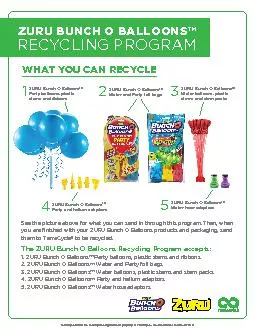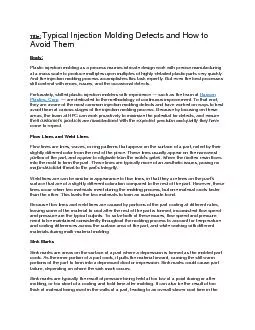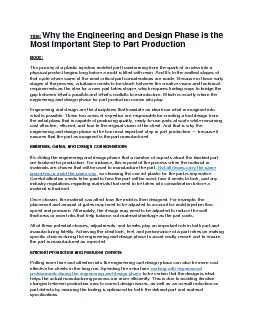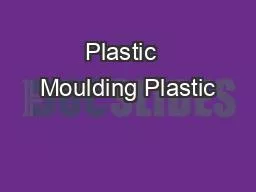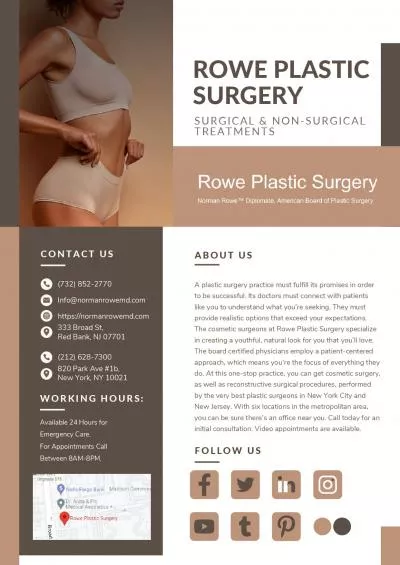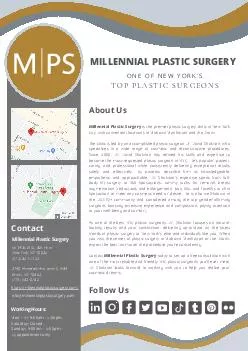PDF-Plastic 1 PETE or PETPolyethylene TerephthalateONLYaround 27 of plasti
Author : jalin | Published Date : 2021-08-26
Plastic 2 HDPE High Density PolyethyleneONLY 28 of HDPE milk jugs and water bottles are recycled and 12 of all plastic bags make it to recycling facilitiesPlastic
Presentation Embed Code
Download Presentation
Download Presentation The PPT/PDF document "Plastic 1 PETE or PETPolyethylene Tereph..." is the property of its rightful owner. Permission is granted to download and print the materials on this website for personal, non-commercial use only, and to display it on your personal computer provided you do not modify the materials and that you retain all copyright notices contained in the materials. By downloading content from our website, you accept the terms of this agreement.
Plastic 1 PETE or PETPolyethylene TerephthalateONLYaround 27 of plasti: Transcript
Download Rules Of Document
"Plastic 1 PETE or PETPolyethylene TerephthalateONLYaround 27 of plasti"The content belongs to its owner. You may download and print it for personal use, without modification, and keep all copyright notices. By downloading, you agree to these terms.
Related Documents

